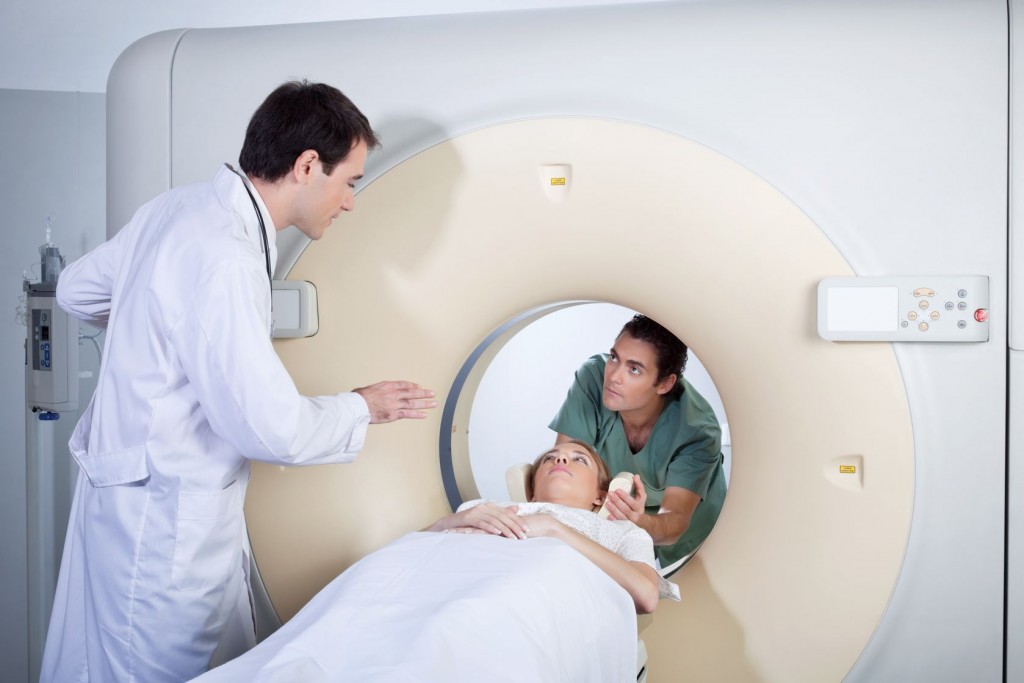Sudden cardiac death (SCD) stemming from arrhythmias is a leading cause of death. For heart attack survivors, implanting a small device called an implantable cardioverter-defibrillator (ICD) can help save them from these deadly arrhythmias. However, implanting these devices is invasive and expensive and the procedure carries risks, which may include device malfunction, infection or even heart or blood vessel damage. That may be a high price to pay especially for patients that may never even have an arrhythmia. But now, researchers at Johns Hopkins University developed a noninvasive system using a virtual heart that will accurately predict the risk of arrhythmias.
Virtual heart arrhythmia risk predictor (VARP)
The team at Johns Hopkins University created a test called a virtual heart arrhythmia risk predictor (VARP). If a heart attack survivor shows damaged cardiac tissue, doctors will use a blood pumping measurement called an ejection fraction to determine which patients are in need of an ICD. Johns Hopkins University believes that this method is flawed and inaccurate, according to a press release.

Using MRI scans of a patient’s heart, researchers created a 3D virtual heart to be able to simulate electrical activity and predict arrhythmias.
Using the ejection fraction blood pumping measurement, all 41 patients in the study were determined to be at risk for arrhythmias, and all received the implants. Trayanova’s team used their VARP method to be able to predict which patients were more likely to experience a future arrhythmia. The VARP method allows scientists to make their prediction based on factors not in other tests. The impact of scar tissue, the unique shape of the patient’s heart, and how electric waves move through the organ are all taken into account with VARP.
The VARP tool gives a more accurate prediction for determining which patients are at risk of a deadly arrhythmia. The VARP takes a patient’s MRI scans to build a 3D computer model of their heart. Using the virtual heart, they simulate how that specific patient’s damaged heart functions. In their proof-of-concept study, published by Nature Communications, professor of biomedical engineering Natalia Trayanova and her team used the MRI records of 41 heart attack survivors with damage cardiac tissue.
Four or five times better than traditional methods
Johns Hopkins eventually compared their predictions with patient medical records after they received the implantation. According to their study, “Patients who tested positive for arrhythmia risk by VARP were four times more likely to develop arrhythmia than those who tested negative.” The VARP system could predict a future arrhythmia in patients 4 to 5 times better than the ejection fraction method and other prediction techniques, invasive and non-invasive.
Of their success Trayanova says, “We demonstrated that VARP is better than any other arrhythmia prediction method that is out there.” The results of the study suggest that the 3D virtual heart is going to be a tool doctors can use to more accurately identify patients in need of a defibrillation implantation device. Patients who do not actually need the device do not need to take on the associated costs and risks of the invasive procedure.

With innovations like this one, the healthcare industry can expect to see 3D technology and virtual organ simulation continue to personalize and better patient care.
With their proof-of-concept study completed, the next step is to conduct further testing and studies involving larger groups of patients. This new, digital, 3D arrhythmia predictor tool is going to help bring better and more personalized care for heart attack victims. It will help keep those that are not at risk of arrhythmias from having to undergo an invasive procedure and the risks and costs associated with that. Even bigger than all of that, this technology will be able to help open doors for further digital and 3D technological innovations, creating other virtual organs or systems that doctors can use to predict medical occurrences, or test treatments.
